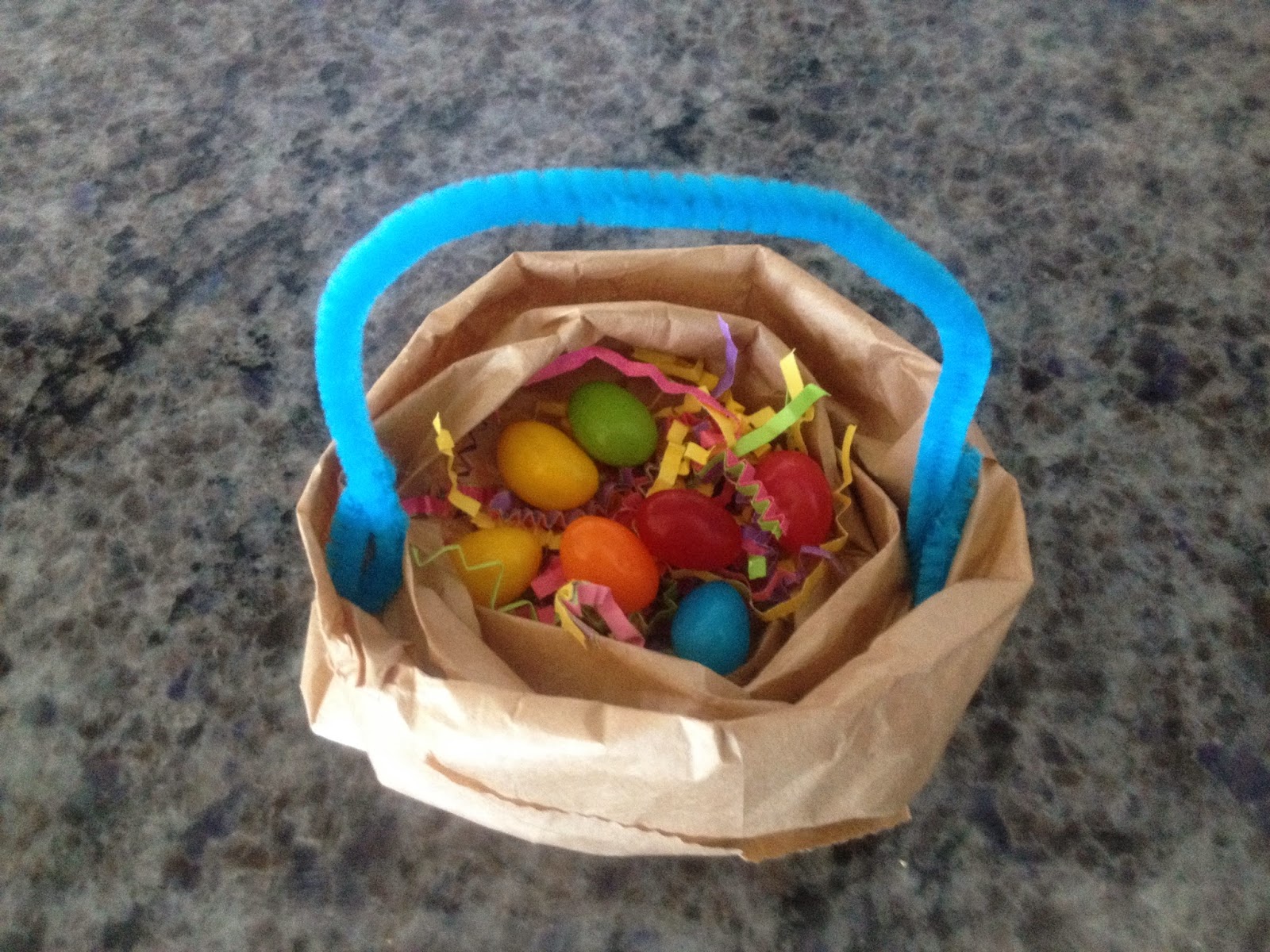Thanks to all the teachers in Houston, Lake Charles, and Marquette, MI, who sang, danced, and shared some new ideas with me last week.
Tying Shoes (Pam Rusnak)
Use two different colors of strings.

*I think this is a brilliant idea that could really help children learn to tie their shoes.
Sign for Your Door (Monica Welch)
My curriculum is NOT in a book. It is in the mind of the child who walks through the door.
Attention Grabber (Patricia Young)
Look up, point to the ceiling, and move your hand as you make the “Ahhhh!” sound. The children will all get quiet and try to see what you are looking at.
Bunny Salad (Marie H. L’Anse, MI)
Here’s a healthy bunny snack.
Put a lettuce leaf on a plate.
Put half a pear upside down. (You can used canned pears or a peeled fresh pair.)
Add 2 cloves (or chocolate chips) for eyes.
Add 2 almond halves for ears.
Put a teaspoon of cottage cheese for a tail.

Someone emailed and asked if I had a song to teach “heavy” and “light.” I didn’t, so I made this one up.
Heavy and Light (Tune: “Shortnin’ Bread”)
Heavy and light, (Tighten up arms like you're doing a bicep curl on 'heavy.'
Heavy and light, (Lift arms up in the air and open palms on 'light.)
Heavy and light,
give a little clap.
Bricks are heavy,
feathers are light,
heavy and light,
give a little clap.
Elephants are heavy,
butterflies are light,
heavy and light,
give a little clap.
Let children suggest other things that are heavy and light and insert them in the song.

















































